10 Euros Prop Money Available Here
Are you in need of prop money for your next film project or photoshoot? Look no further! Prop money is the perfect solution to add a touch of realism and professionalism to your work. But where can you find high-quality prop money that won’t break the bank? We’ve got you covered with our 10 Euros Prop Money available here! In this article, we’ll explore what exactly prop money is, where to get it, how much it costs, and why it’s worth investing in for your creative endeavors. So sit back and let us guide you through the world of prop money.
What is prop money?
Prop money, also known as fake cash or play money, is a type of currency that resembles real banknotes but is not intended for use as legal tender. It is commonly used in the entertainment industry and photography to simulate large sums of money without using actual cash.
Prop money can be made from a variety of materials such as paper or plastic and comes in various denominations ranging from one dollar bills up to hundred-dollar bills. The details on prop money are designed to imitate authentic notes including watermarks, security threads, and serial numbers making it an ideal choice for film production companies.
Using prop money instead of real cash has several advantages including avoiding theft, preventing damage during filming or photoshoots, reducing insurance costs, and maintaining authenticity while staying within budget. Additionally, prop money allows actors and crew members to handle large amounts of “money” more easily than with genuine banknotes.
Prop money offers filmmakers and photographers alike an affordable way to add realism to their work without breaking the bank.
Where can I get prop money?
If you’re looking for prop money, there are several places where you can purchase it. Many online retailers specialize in selling realistic-looking prop money, and some even offer customization options. However, it’s important to do your research before making a purchase to ensure that the prop money you receive is high quality and legal to use.
One option is to check out specialized prop shops or studios that create props for movies and TV shows. These businesses often have access to high-quality replica currency that looks incredibly realistic on camera. While these locations may not be as accessible as online retailers, they can provide an added level of authenticity if you’re using the prop money for a film project.
Another option is to search for local sellers on classified ad websites like Craigslist or Facebook Marketplace. Be sure to read reviews and ask plenty of questions before completing any transactions with individual sellers.
Regardless of where you choose to buy your prop money from, always make sure that it meets legal guidelines and doesn’t violate any laws related to counterfeiting or fraud. With careful planning and research, finding realistic-looking 10 Euros Prop Money should be a breeze!
How much does prop money cost?
Prop money comes at different prices depending on various factors such as the currency, quality, and quantity. Generally, prop money is priced based on how realistic it looks in terms of its resemblance to real currency.
For example, high-quality euro prop money that can fool a camera or human eye will cost more than standard fake cash. This is because the former requires special attention to detail and printing techniques for authenticity.
The price can also vary depending on the number of notes you intend to purchase. Bulk quantities usually attract discounts while smaller amounts are relatively pricier.
It’s important to note that purchasing low-quality fake cash may be cheap but it won’t serve your purpose well. They’re easily detectable by cameras or trained eyes which could cause problems during filming or photography sessions.
Expect to pay anywhere between 5-20 Euros per bill for high-quality prop money depending on the factors mentioned above.
What are the benefits of prop money?
Prop money has become increasingly popular over the years, especially in the film and entertainment industry. But what are the benefits of using prop money?
Firstly, prop money can add a level of authenticity to any scene or production that involves cash. Whether it’s a bank heist or simply a character counting their earnings, having realistic-looking currency can make all the difference in creating a believable atmosphere.
Secondly, using fake money instead of real cash can save time and resources on set. There’s no need to worry about handling large sums of actual currency and ensuring its safety throughout filming.
Additionally, prop money is customizable to fit specific needs for productions. If you require certain denominations or designs for your project, many suppliers offer personalized options tailored to each client’s requirements.
Investing in high-quality prop money can provide long-term financial savings. Instead of constantly buying expensive genuine bills for repeated scenes involving cash transactions, using counterfeit notes will cut down on costs without sacrificing visual impact.
Utilizing prop money provides both practical and creative advantages for filmmakers and producers alike.
10 Euros Prop Money Available Here
Are you looking for realistic prop money to use in your next film project or photoshoot? Look no further! Our website offers high-quality prop money with a denomination of 10 Euros that looks and feels just like the real thing.
Our prop money is designed and printed by professionals, ensuring that every detail is accurate and authentic. Your audience won’t be able to tell the difference between our prop money and the actual currency.
Not only does our prop money look great on camera, but it’s also incredibly affordable. We offer competitive pricing options so you can get more bang for your buck. Plus, we make ordering easy with fast shipping and excellent customer service.
Whether you’re creating a scene in a movie where characters are exchanging cash or need some additional props for your photoshoot, our 10 Euro Prop Money is perfect for any occasion. So why wait? Order yours today!
Conclusion
Prop money is a great tool for filmmakers, photographers and anyone in need of realistic-looking cash. It can save you time and money by eliminating the need to use real currency on set. The benefits are numerous; it’s safe, legal and easy to obtain.
If you’re looking to buy 10 Euros prop money, look no further! Our website offers high-quality prop money that looks just like the real thing. Whether it’s for your next film or photoshoot, our fake euros will help bring your project to life.
We hope this article has been helpful in answering any questions you may have had about prop money. Remember that when buying or using prop money, always do so responsibly and legally. And if you ever need any more information or guidance regarding the purchase of fake currencies such as 10 Euros Prop Money Available Here on our website don’t hesitate to contact us.
| Select Quantity | 500 Bills, 1000 Bills, 1500 Bills, 2000 Bills |
|---|


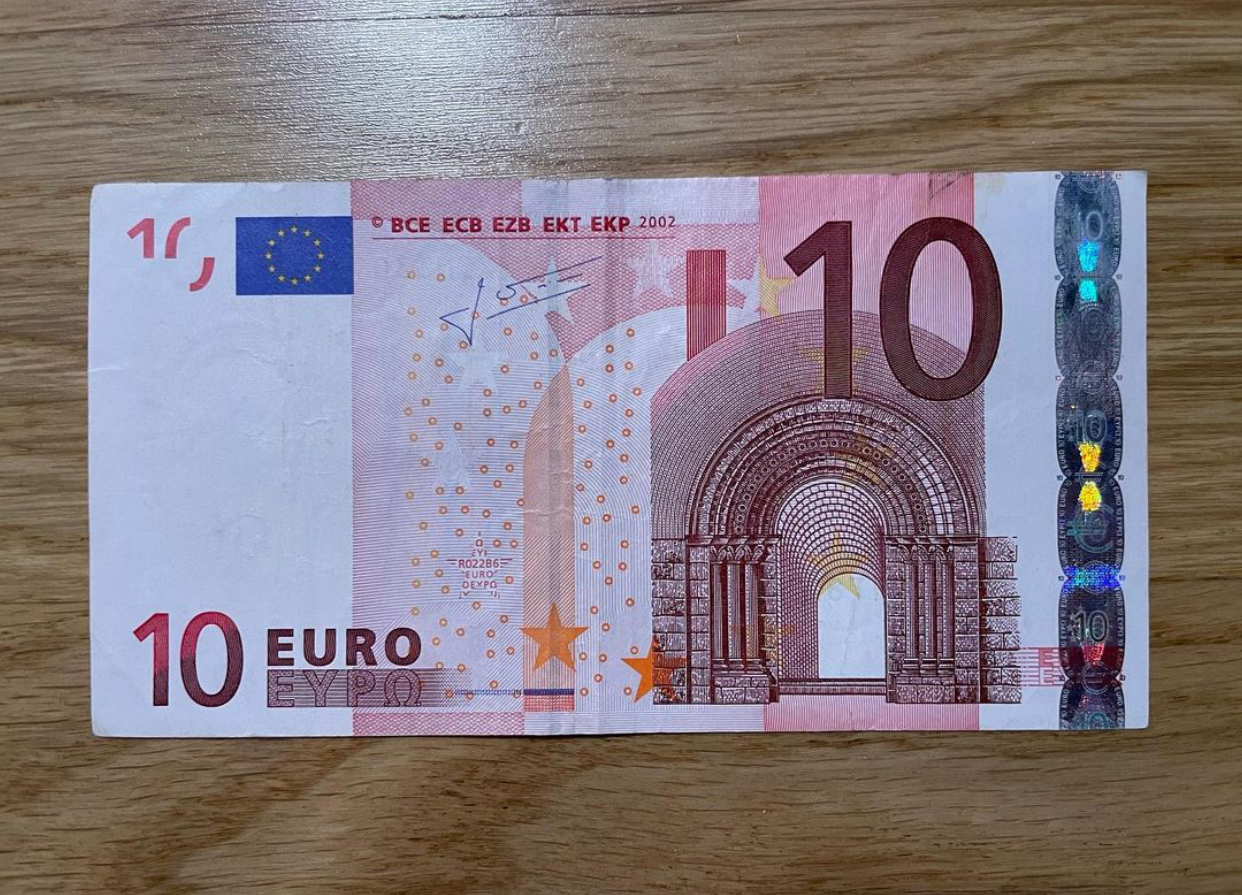
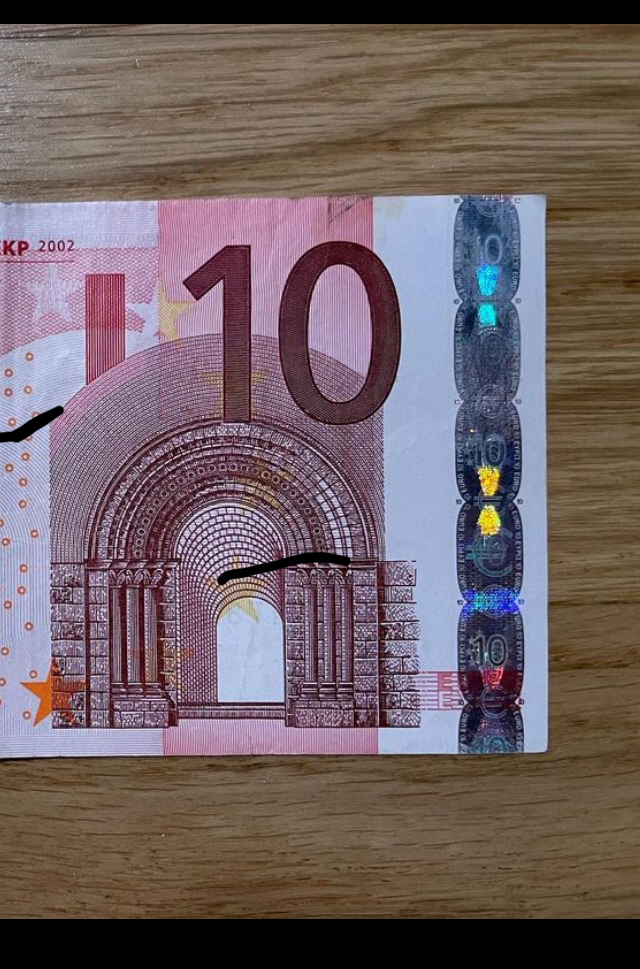
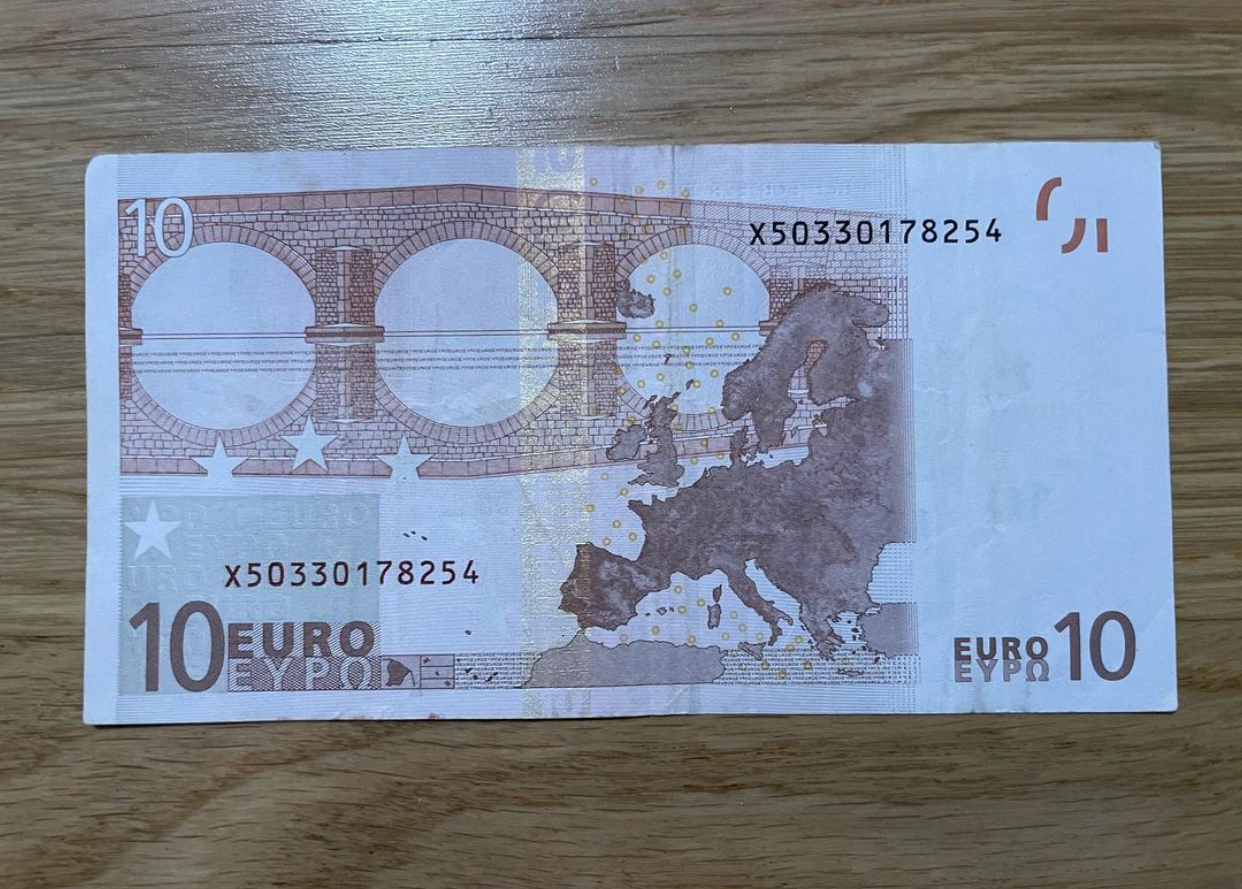
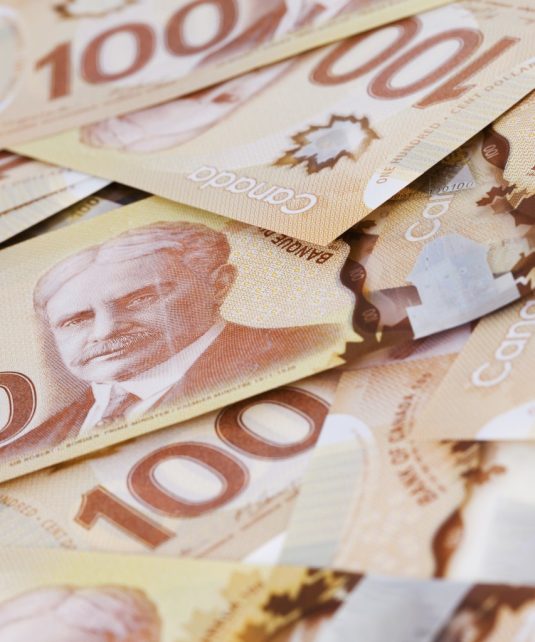
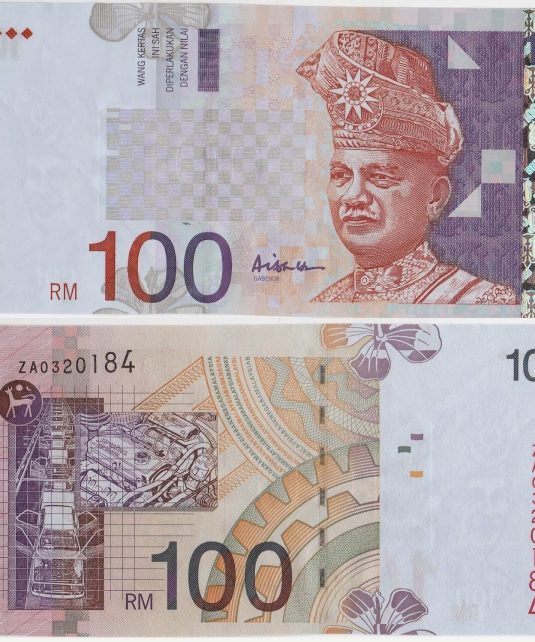
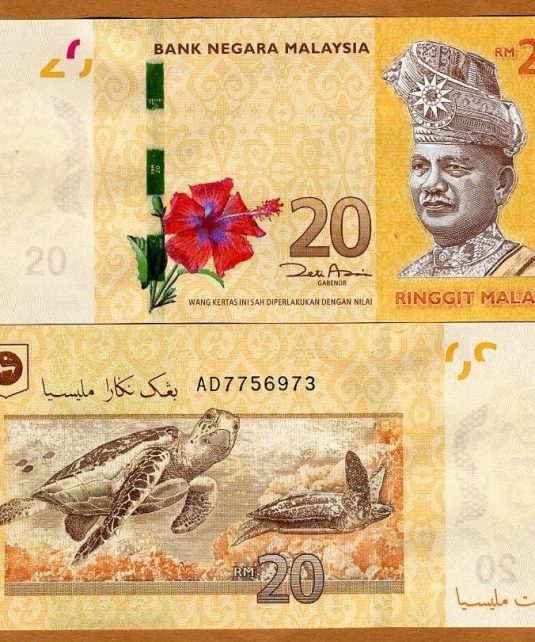
There are no reviews yet.